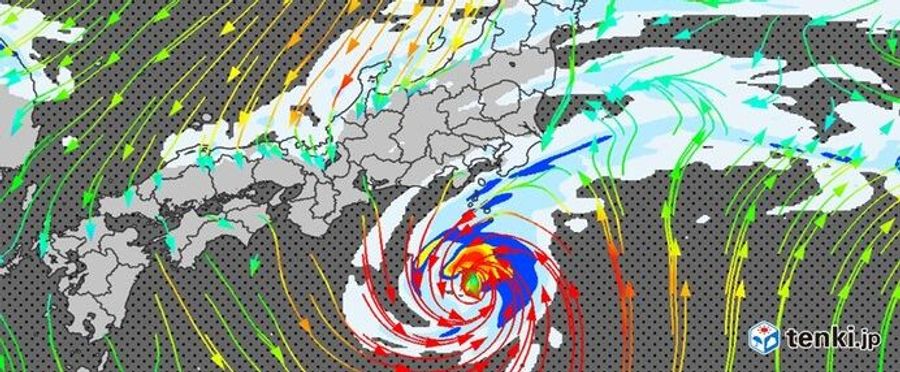A significant typhoon is advancing towards Japan's Izu Islands, prompting authorities to issue warnings for severe wind and rain. Residents are being advised to take necessary safety precautions. While the extent of potential damage or disruption is still uncertain, particular attention is being paid to potential impacts on transport, electricity, and water supply.
Typhoon warnings are quite common in Japan, particularly between May and October. Japan drills its citizens in emergency procedures annually, so residents usually respond quickly to warnings. Issues such as evacuation, disaster relief, and infrastructure resilience are often at the forefront of public consciousness and governmental response.
In contrast to Japan, typhoons (hurricanes) in US or EU are handled through various agencies like NOAA and European Union’s Emergency Response Coordination Centre. While similar in terms of preparation and relief efforts, Japan's frequent exposure to such disasters has led to more organised disaster response at community levels.

